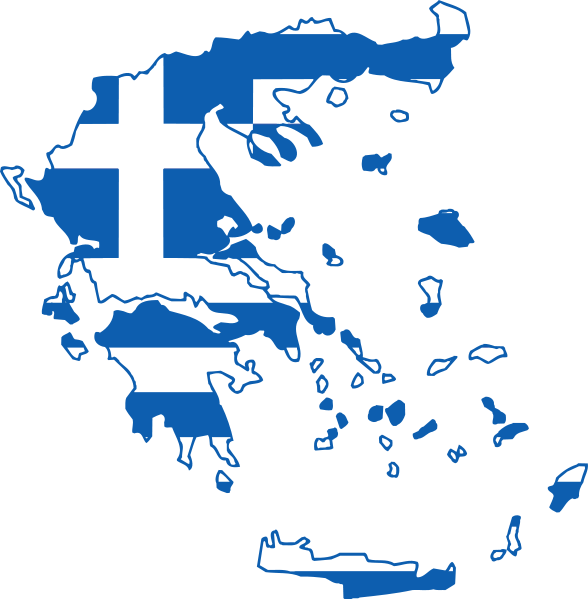
Greece has officially introduced its Maritime Spatial Planning (MSP) for the first time, establishing a clear, detailed framework for the organization and use of its maritime zones. This historic move sets national guidelines for the sustainable development of Greece’s marine space, aligning with European Union directives and international maritime law.
“For the first time, our country sets the rules for the organization of maritime space and clearly defines the uses of its maritime zones,” the official announcement stated.
The MSP is a comprehensive policy tool aimed at balancing environmental protection with the sustainable development of Greece’s marine resources. It lays the groundwork for a blue and circular economy, reflecting a wide array of human activities across all maritime zones—while safeguarding the marine environment.

Key sectors addressed in Greece’s maritime spatial planning
- Climate-resilient marine ecosystems
- Sustainable tourism
- Protection of cultural heritage, especially underwater antiquities
- Maritime transport infrastructure
- Energy development, including offshore wind and gas resources
- Aquaculture and fish farming
- Cross-border infrastructure projects of common interest
The plan integrates land-sea interactions, prioritizing consultation and regional collaboration through Maritime Spatial Planning Frameworks tailored to each geographic area.
This initiative fulfills Greece’s obligations under Directive 2014/89/EU and supports broader EU strategies, such as the European Green Deal and the EU Maritime Security Strategy (EUMSS). The MSP also reflects Greece’s sovereign rights as recognized by International Law, especially the United Nations Convention on the Law of the Sea (UNCLOS).
Geopolitical Context of maritime spatial planning
Last November, the European Commission published a map depicting Greece’s maritime zones, recognizing the influence of all Greek islands—including Kastellorizo. This prompted a response from Turkey, which asserted that it would take “all necessary measures to protect its rights” in the Aegean and Cyprus.
Despite potential tensions, Greek officials emphasize that this move does not undermine diplomatic dialogue.
“Resolving long-standing issues does not mean abandoning the Greek-Turkish dialogue. We seek cooperation based on international law and good neighborly relations,” the government noted.
Clarifying Common Questions About the MSP
In a release, the Greek ministries of Environment and Foreign Affairs are providing some answers to questions about the new map.
1. What is Maritime Spatial Planning?
It’s a tool for organizing human activities at sea in a way that promotes sustainable development and environmental protection, without altering sovereign rights.
2. Does the MSP map define Greece’s EEZ or extend territorial waters to 12 nautical miles?
No. The map does not constitute the Exclusive Economic Zone (EEZ) delimitation or territorial extension. These are separate legal and diplomatic processes. However, the MSP reflects Greece’s continental shelf limits and acknowledges the full influence of its islands.
3. Why now?
The government is addressing pending issues, modernizing national planning tools, and aligning with EU commitments. With the longest coastline in the EU and thousands of islands, Greece has unique responsibilities and opportunities in maritime policy.
4. Why divide the plan into four spatial units?
This mirrors the existing administrative structure of the Greek regions. Regional MSP frameworks will follow, much like the terrestrial spatial plans already underway.
5. Does this have geopolitical weight?
Yes. This is the first time Greece’s full maritime zone limits—including those surrounding all islands—are codified in an official EU regulatory text. However, the MSP itself is a planning tool, not a vehicle for exercising sovereign rights.






